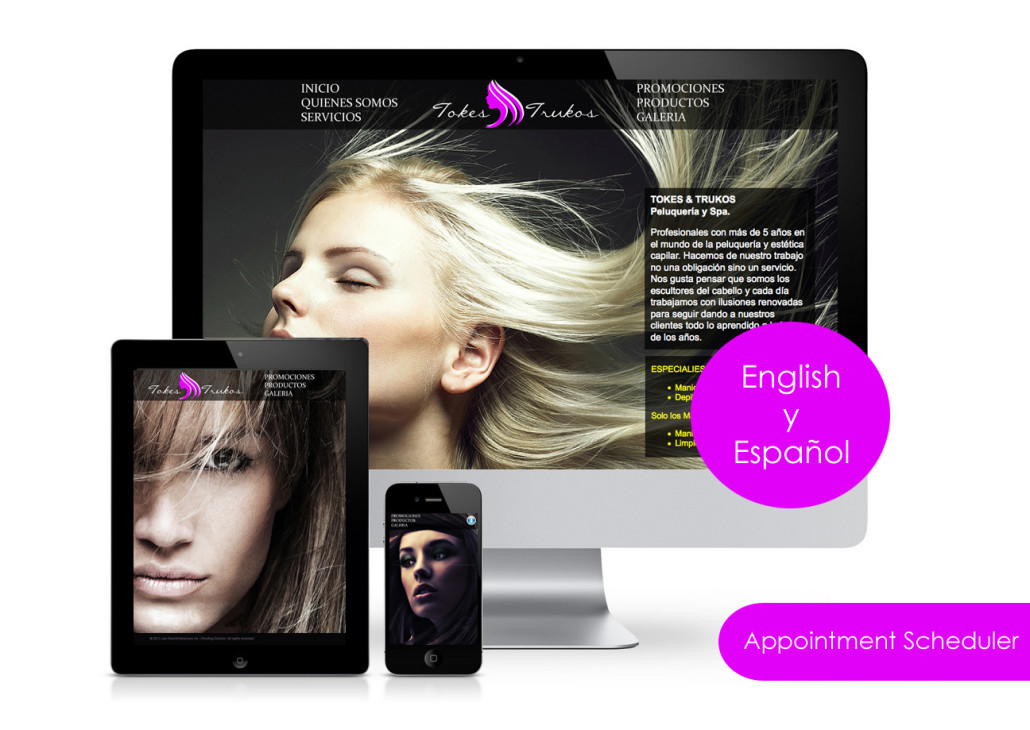
Having a design that focuses on user experience is the standard approach to web design today. A websites graphics and visual design is important in today’s rich media rich online landscape. But visual design means nothing without usability and utility. This article will discuss some of the main principles and strategies employed for effective web design.
Making good use of these practices outlined can lead a more advanced design down the road. In order to create a user friendly site, its important understand how users think. It’s crucial to know the habits and behavior patterns of the user.
How do users think?
Well to answer that you can start with yourself. You are a user too and don’t forget it. People’s habits online aren’t a whole lot different from their habits in a physical store except that web users have much shorter attention span. They browse, click on things that catch their eye, look for useful information, ignore certain content etc.
Instant gratification at your fingertips can turn anyone from a reader to a skimmer real quick. If you don’t meet user expectations, then you failed to create a good design. The easier things are for your visitors, the more success you will have. Following are some principles to follow for good web design.
- Don’t make users think. If the site is not intuitive, the user has to work harder to figure how to navigate or use the site. Remember, make things easy. Devise a simple plan to get from point A to point B. A clear layout and visual cues can help users find what they are looking for.
- Don’t squander users’ patience. Every website is going to offer a service, tool or message. Don’t make too many requirements from visitors unless you plan on scaring them away. The less something costs to try out, the more someone will be willing to give it a go. Filling out forms and registering an account they may never use again can cause users to leave your site.
- Manage to focus users’ attention. Focusing attention to key areas of your site with use of visual cues can help people get where they need to go. The quicker a visitor can become oriented with a site, the better the experience will be.
- Strive for feature exposure. You want to showcase features in a clear manner. Having a successful User Interface means that your target audience can easily understand how to interact with the system.
- Make use of effective writing. Keep in mind that to satisfy users, you need to give them what they want. People appreciate credibility and quality. High quality content always delivers. Even websites with poor designs that have credibility like the US governments healthcare website network still draw in lots of traffic. Your text can often trump the design that it sits on.
- Strive for simplicity. Keep it Simple. Keeping your design simple should be a priority with any site design. Most users don’t visit sites to enjoy the design. Keep things simple and add more lately if necessary by clearly presenting site information, options and a clean design.
- Use whitespace. Don’t underestimate the power of whitespace. Use it as a crucial element in your design. By effectively using whitespace you can create a clean layout that is printable and scannable.
- Use graphics to communicate effectively. Squeeze as much as you can out of as little visual elements as possible. Be economic with your choice of graphics and remember to keep things simple, clear and distance.
- Test! Last but certainly not least is to test. Test rigorously and test often. If you haven’t found any problems, bugs or areas for improvement in your site then you haven’t tested it enough. If you want to develop a great website, you will have to test, adjust and retest multiple times.

